Houseplants are a wonderful way to add life, color, and a touch of nature to your home, but for pet owners, safety always comes first. Many popular houseplants can be harmful to cats and dogs if ingested. Thankfully, there’s a range of beautiful, pet-safe plants you can confidently decorate with. These low-toxicity houseplants not only freshen your air and brighten your home but also keep your furry companions out of harm’s way. Here are 10 gorgeous options you’ll love.
1. Areca Palm (Dypsis lutescens)
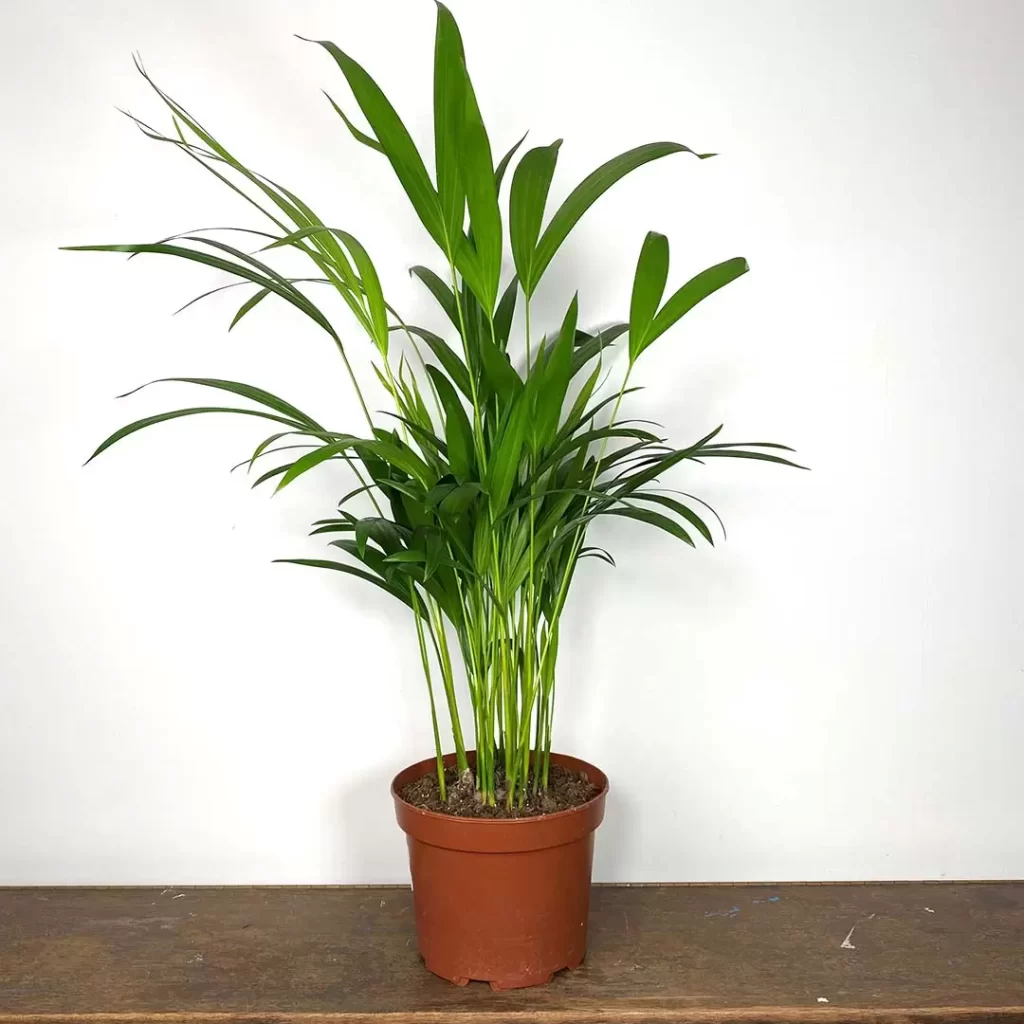
The Areca Palm is a favorite among pet lovers thanks to its tropical elegance and non-toxic nature. With its feathery, arching fronds and bright green foliage, it adds a lively, exotic feel to any indoor space. It’s also an excellent natural humidifier, purifying the air while increasing moisture levels. Areca Palms thrive in bright, indirect light and regular watering, though they tolerate some neglect. Safe for both cats and dogs, this palm is perfect for creating a lush, pet-friendly corner in your home.
2. Spider Plant (Chlorophytum comosum)
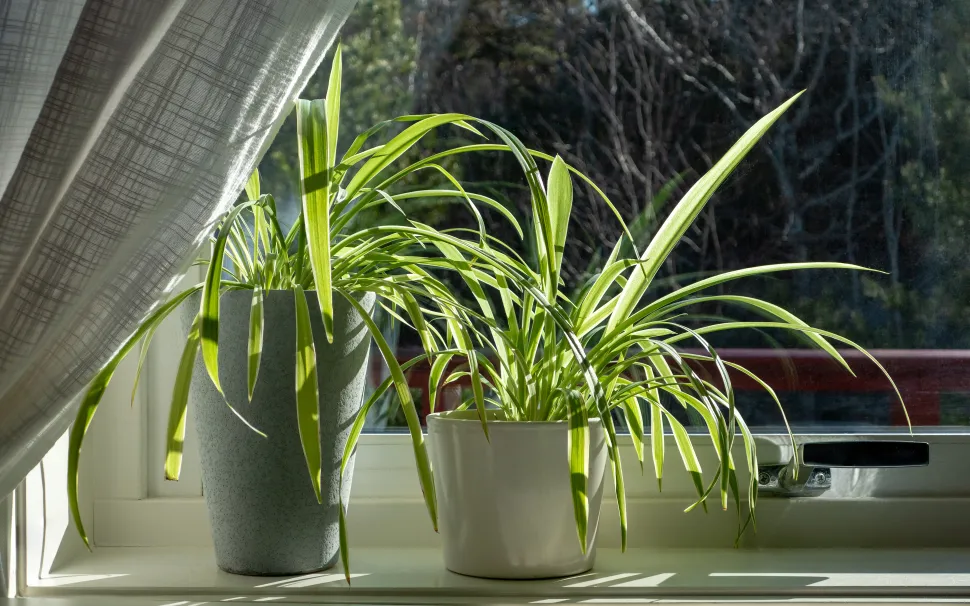
The charming Spider Plant is a classic for a reason it’s easy to grow, forgiving, and safe for your pets. Its slender, arching leaves with green and white stripes brighten up shelves and hanging baskets. Spider Plants thrive in bright to medium indirect light and prefer moderate watering. They’re known for producing “spiderettes” or baby plants that dangle from the mother plant, adding visual interest. Even if your curious cat takes a nibble, you won’t have to worry about toxic effects.
3. Calathea (Calathea spp.)

Calatheas are beloved for their dramatic, patterned foliage that ranges from deep greens to purples and pinks. This plant is not only a visual showstopper but also non-toxic to pets, making it a must-have for stylish, pet-friendly homes. Calatheas enjoy medium to bright indirect light and high humidity, thriving in bathrooms or kitchens. Their leaves close at night and open again with daylight, a charming feature that adds personality to your indoor garden. A perfect balance of beauty and safety.
4. Prayer Plant (Maranta leuconeura)
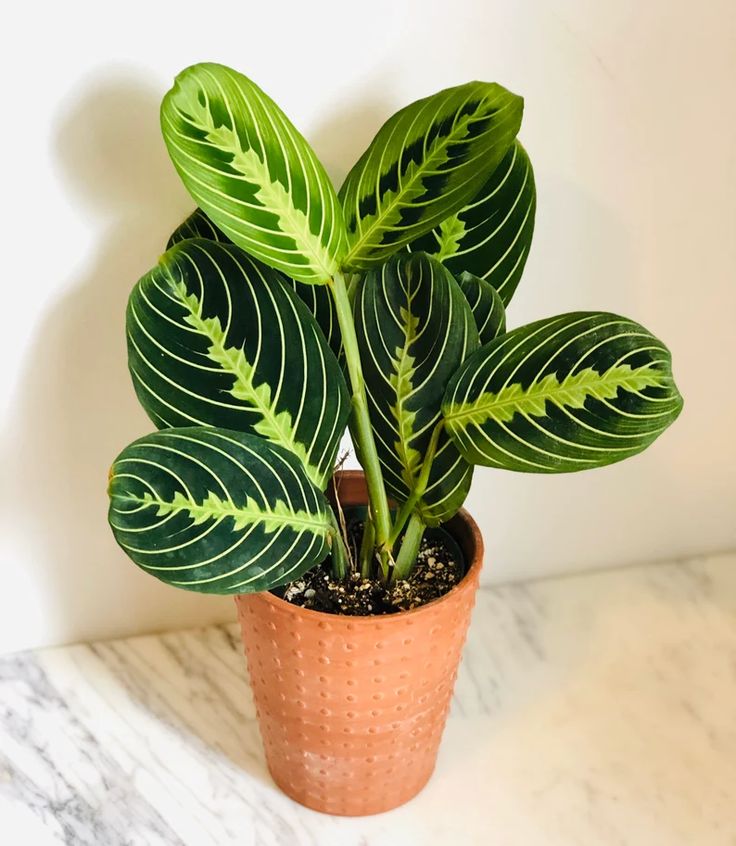
The Prayer Plant is a close relative of the Calathea and equally safe for your furry friends. Its vibrant leaves, marked with red veins and unique patterns, fold up in the evening like hands in prayer, offering an eye-catching display. Prayer Plants prefer bright, indirect light, consistently moist soil, and high humidity. This plant brings a lively pop of color and texture to tabletops or hanging baskets while giving you peace of mind knowing your pets can safely be around it.
5. Peperomia (Peperomia spp.)
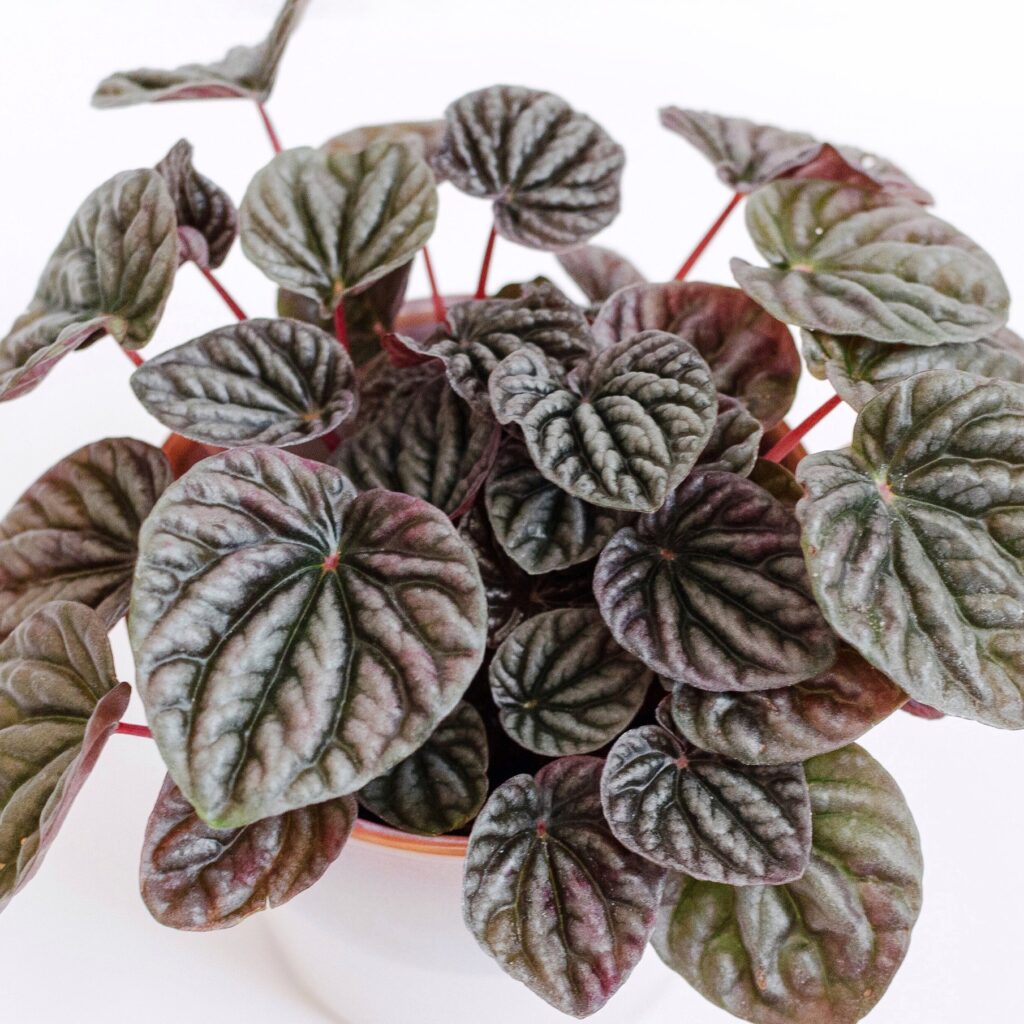
If you’re searching for a low-maintenance, pet-safe plant, Peperomias are a fantastic choice. With their wide range of leaf shapes, colors, and textures from rippled emerald to variegated cream they easily complement any décor style. Peperomias prefer bright to medium indirect light and need water only when the topsoil feels dry. Their compact size makes them perfect for shelves, desks, or small plant arrangements. Plus, they’re non-toxic to cats and dogs, so your pets can safely explore.
6. Ponytail Palm (Beaucarnea recurvata)
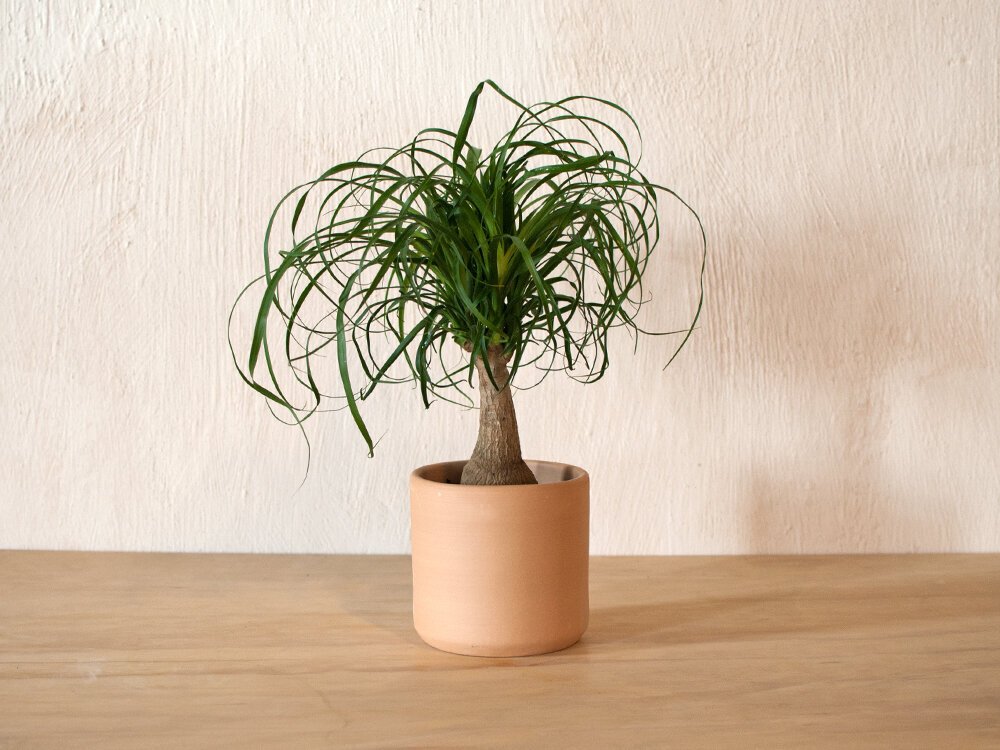
The whimsical Ponytail Palm brings character to any room with its bulbous trunk and long, cascading leaves. Despite its name, it’s not a true palm but a succulent, making it highly drought-tolerant and easy to care for. Ponytail Palms love bright, indirect light and can go weeks between waterings. Best of all, it’s completely safe for pets. Its playful, fountain-like foliage adds a dramatic touch to your home while giving pet owners peace of mind.
7. Baby Rubber Plant (Peperomia obtusifolia)
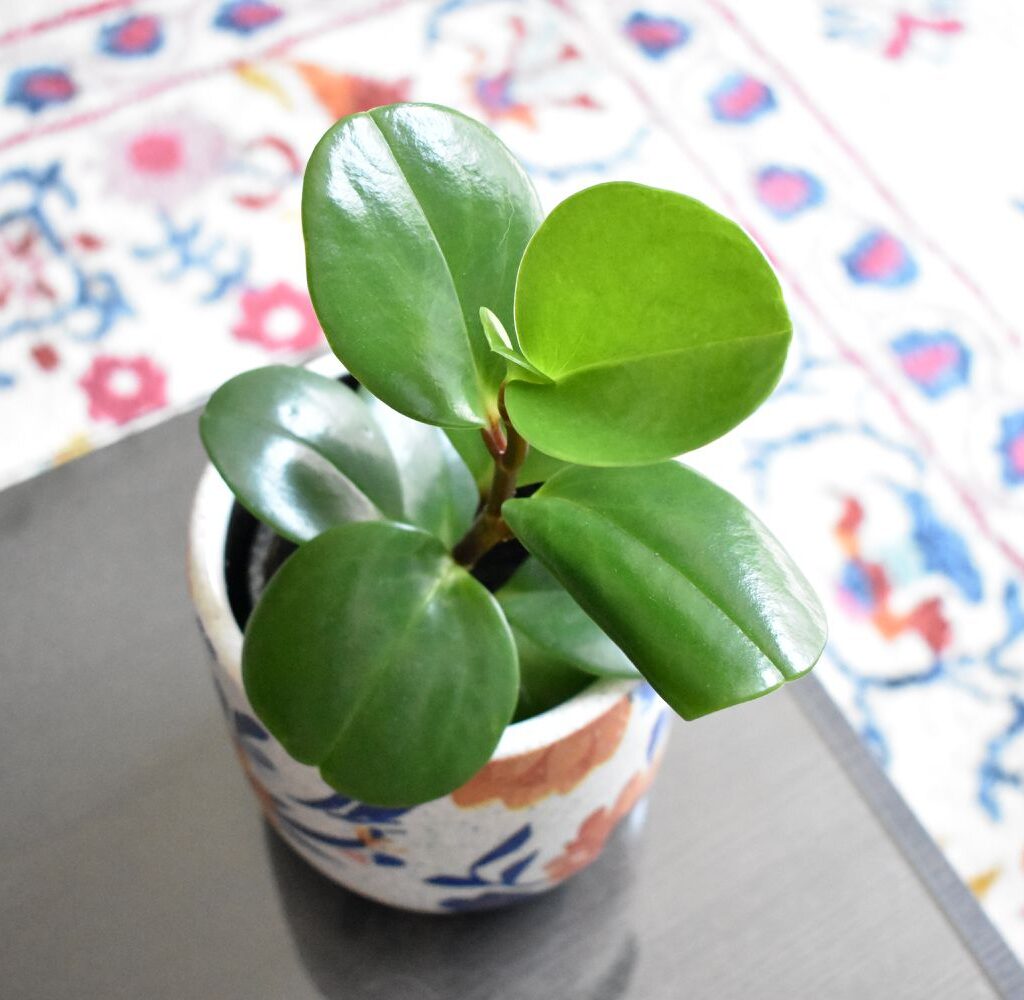
The Baby Rubber Plant is a compact, glossy-leaved beauty that’s as charming as it is pet-friendly. Its thick, waxy leaves come in solid green or variegated varieties, making it a versatile choice for modern interiors. Like other Peperomias, it enjoys bright, indirect light and prefers to dry out slightly between waterings. This plant’s easy-going nature and non-toxic leaves make it perfect for pet households, offering a pop of green without worrying about your curious companions.
8. Bamboo Palm (Chamaedorea elegans)
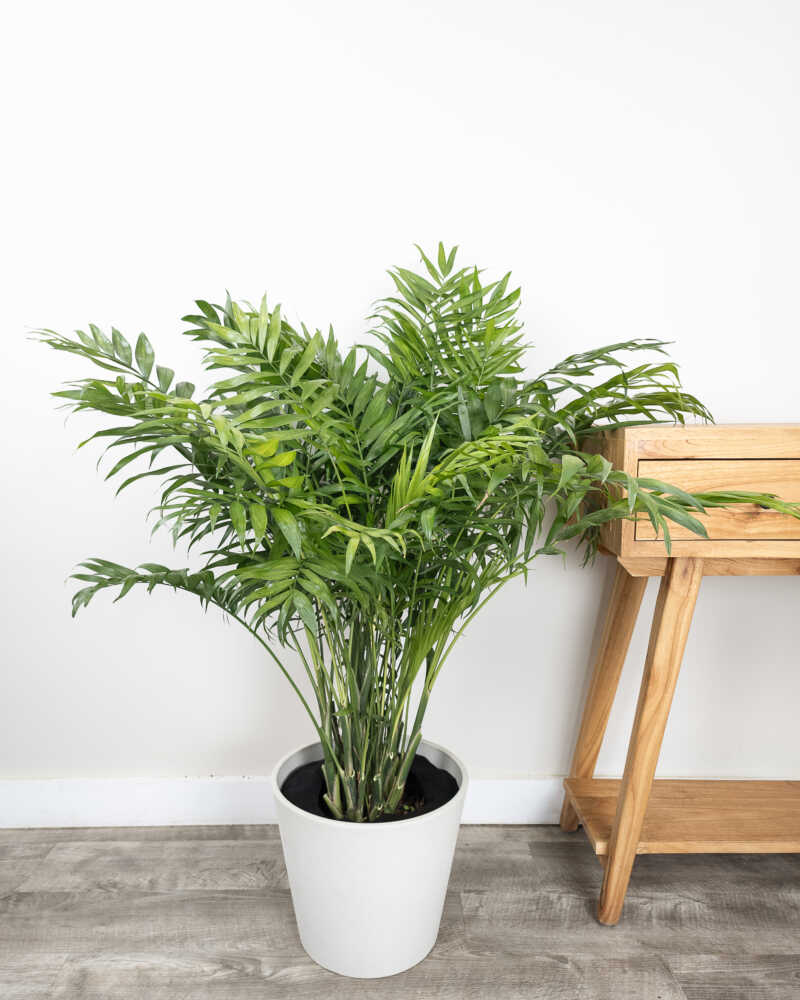
Also known as the Parlor Palm, the Bamboo Palm is an elegant, pet-safe plant that thrives indoors. Its slender, arching fronds lend a tropical feel to your space while also improving indoor air quality. The Bamboo Palm prefers medium to bright indirect light and regular watering, though it tolerates lower light conditions better than many other houseplants. Its lush foliage makes it ideal for corners or floor planters. Since it’s non-toxic, it’s safe for both cats and dogs to be around.
9. African Violet (Saintpaulia)
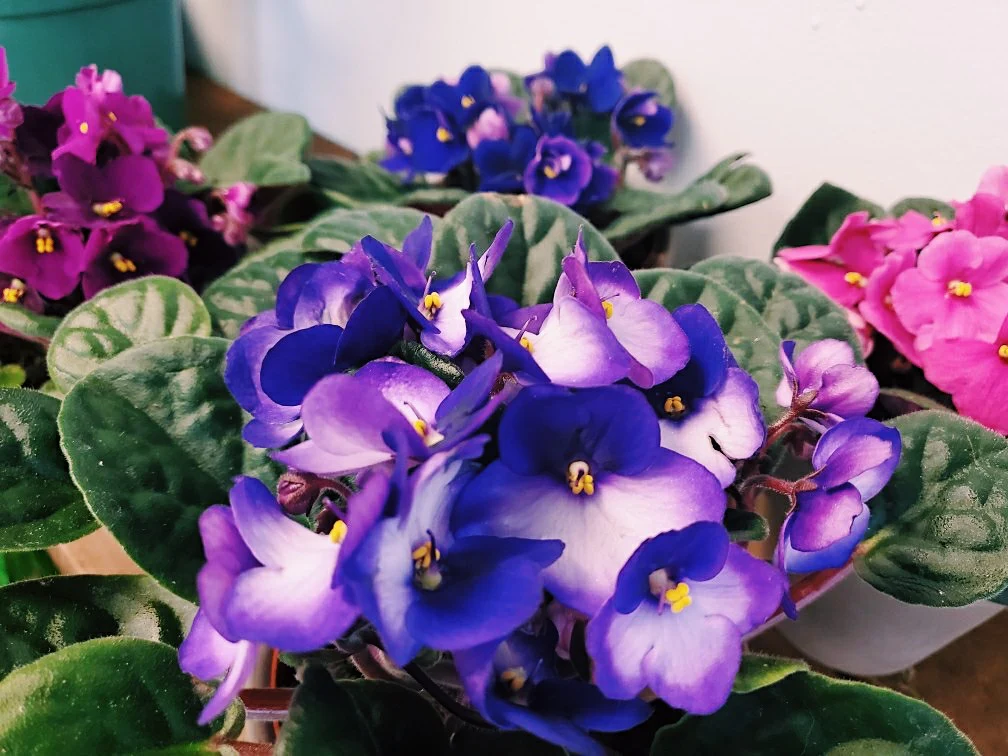
If you love flowers but worry about your pets, African Violets are a wonderful solution. These compact, flowering houseplants are pet-safe and offer gorgeous blooms in shades of purple, pink, and white. African Violets prefer bright, indirect light and slightly moist soil, thriving in small pots on windowsills or side tables. Their velvety leaves and long-lasting blooms make them a delightful addition to your home without posing a risk to your furry friends, even if they decide to take a sniff or two.
10. Rattlesnake Plant (Calathea lancifolia)
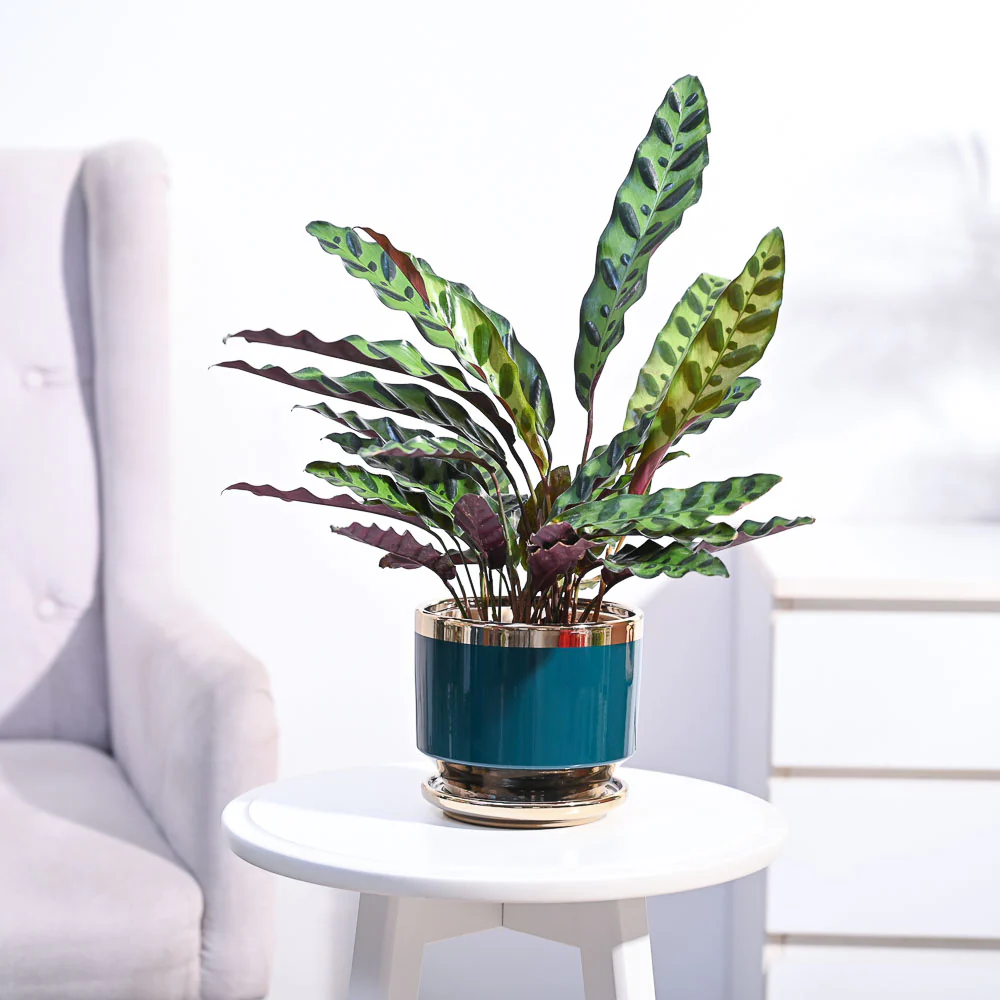
The striking Rattlesnake Plant is another Calathea variety that’s safe for pets and a standout in any indoor jungle. Its elongated, wavy leaves feature dark green patterns on top and deep purple undersides. The plant thrives in bright, indirect light with high humidity and evenly moist soil. Its bold foliage adds dynamic texture and color to any room. Like its Calathea cousins, the Rattlesnake Plant folds its leaves at night and reopens them in the morning, adding movement and charm to your home.

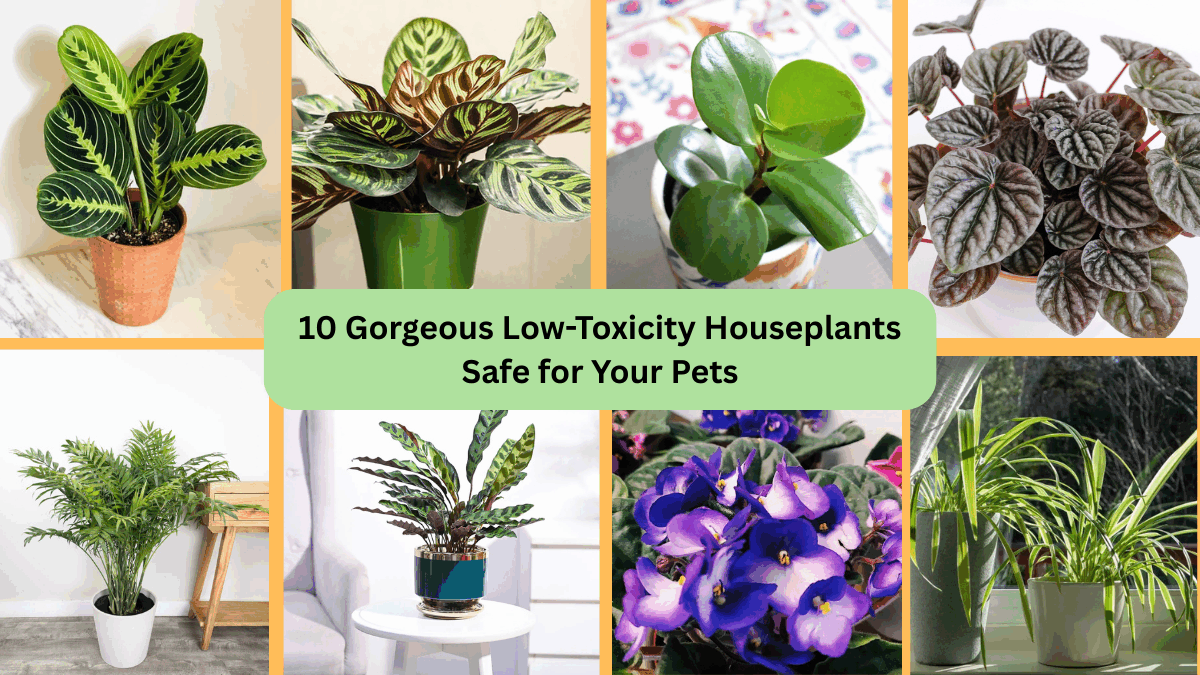
Leave A Comment